
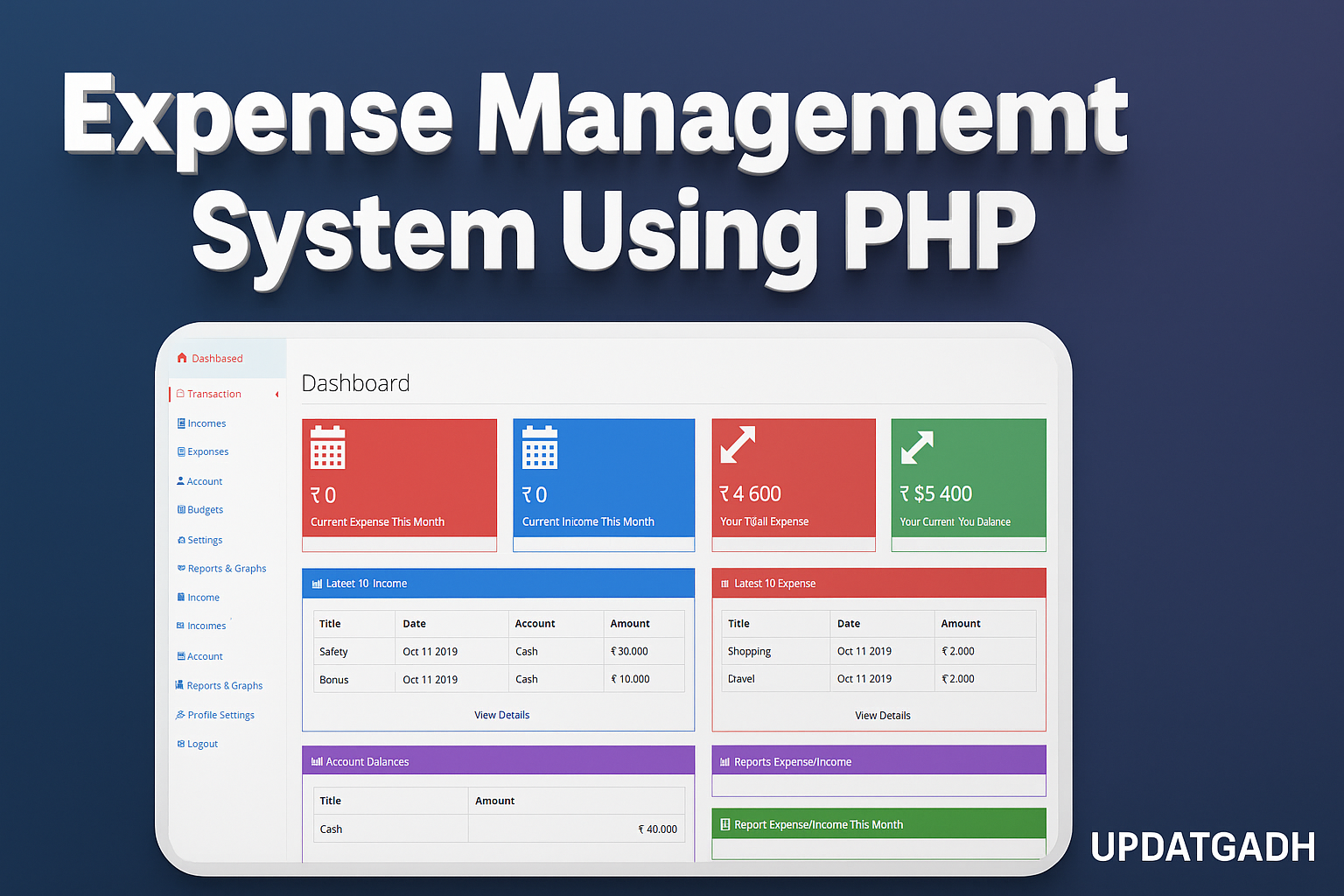
Best Expense Management System Using PHP
Expense Management System
Introduction
A straightforward project based on an expense management system that makes use of a MySQL database and PHP. All the best and most important aspects that second-year IT students can utilise for their college projects are included in the PHP project that follows. It offers several features that let customers keep tabs on their daily spending totals. such as calculating weekly and daily costs for entertainment, utilities, groceries, and other expenses. The idea behind this web application is straightforward. It is well-executed and based on real-life situations. To get the free Expense Management System Project in PHP MySQL with source code files, please click the Download button at the bottom of this article.
Project Overview
| Project Name | Expense Management System |
|---|---|
| Language/s Used | PHP |
| PHP Version | 5.6.3, 7.4.12 (Recommended) |
| Database | MySQL |
| Type | Web Application |
Download New Real Time Projects :-Click here
Description
The Expense Management System is created to handle day-to-day financial activities in an organized way. Users can record income and expenses, assign them to categories, and generate insights into their financial behavior. The project includes filters to view data over a chosen date range, helping users to analyze their spending patterns or income flow for a specific period.
It also includes user login and management features, where different users can be added with assigned permissions. For example, an administrator can have full access to add, edit, or delete records, while another user may only have the ability to view transactions. This makes the system secure and adaptable for real use cases.
The system runs on PHP and MySQL, ensuring speed and reliability. The project comes with a structured database file (money_manager.sql) which contains all the necessary tables. Once imported into MySQL, it allows the application to function seamlessly. The interface uses PHP with Bootstrap styling, making it user-friendly and easy to navigate. Developers can also extend the project by adding new CRUD operations or integrating additional modules.
Available Features
- Manage Expense
Users can record daily expenses in detail. Each expense entry can be categorized, dated, and saved for future reference. This helps in identifying unnecessary spending and improving budgeting. - Manage Income
The system allows users to record different income sources. This could be salary, business income, freelance work, or any other type of revenue. Tracking income helps in understanding total earnings in a given period. - Manage Expense Category
Categorization is essential for financial clarity. Users can create categories like Food, Travel, Bills, Entertainment, or Business Expenses. Each expense entry can then be tagged under a category to simplify reporting. - Manage Income Category
Just like expenses, income can also be grouped under categories such as Salary, Investments, or Services. This makes revenue analysis more systematic. - Filter by Date Range
Users can select a time frame to view records. For instance, if a user wants to analyze last month’s expenses, the date filter feature will display only those records. - Sorting & Pagination
As financial data grows, the system makes it easier to navigate through large records by sorting entries and using pagination. This prevents clutter and enhances usability. - Support Multi-User Level
The system allows multiple users to access and manage records. Each user can be assigned a role, ensuring that only authorized users have control over specific parts of the system. - User Login & Management
A secure login system ensures that only registered users can access financial data. The admin can also manage user accounts, add or remove users, and reset credentials when required. - Set Different Permission for User Types
Permissions can be assigned based on roles. For example, an accountant might have the ability to add income and expenses, while a manager may have rights to review and approve records. - Custom CRUD can be Added
The system is flexible and developers can add their own CRUD operations. This makes it suitable for extending into a more complex application. - Easy to Customize
The codebase is clean and modular. Developers can modify it according to requirements, integrate it into larger projects, or use it as a learning base for PHP and MySQL applications.
Running the Project in VS Code
- Download and Extract
Download the project files and extract them into your system. - Move to Server Directory
Copy the project folder into your local server directory (e.g.,htdocsfor XAMPP orwwwfor WAMP). - Create Database
Open phpMyAdmin and create a new database. Import the.sqlfile provided in the project folder. - Configure Database Connection
Open the project files in VS Code and check the configuration file (usuallyconfig.phpor inside the project folder). Update it with your database name, username, and password. - Start Server
Start Apache and MySQL services in XAMPP or WAMP. - Run the Project
Open a browser and typehttp://localhost/project-folder-nameto access the system.
We have projects Available in all languages:–Click Here
daily expense management system project in php github
income and expense management system php
daily income and expense management system in php with source code
expense tracker project with source code
daily expense tracker project documentation
daily expense tracker system project report pdf
expense management system project github
expense management system project report
expense management system using php with source code
expense management system using php github
expense management system using php and mysql
expense management system using php pdf
expense management system using php example


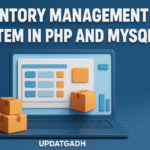

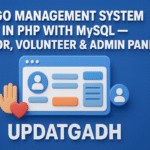



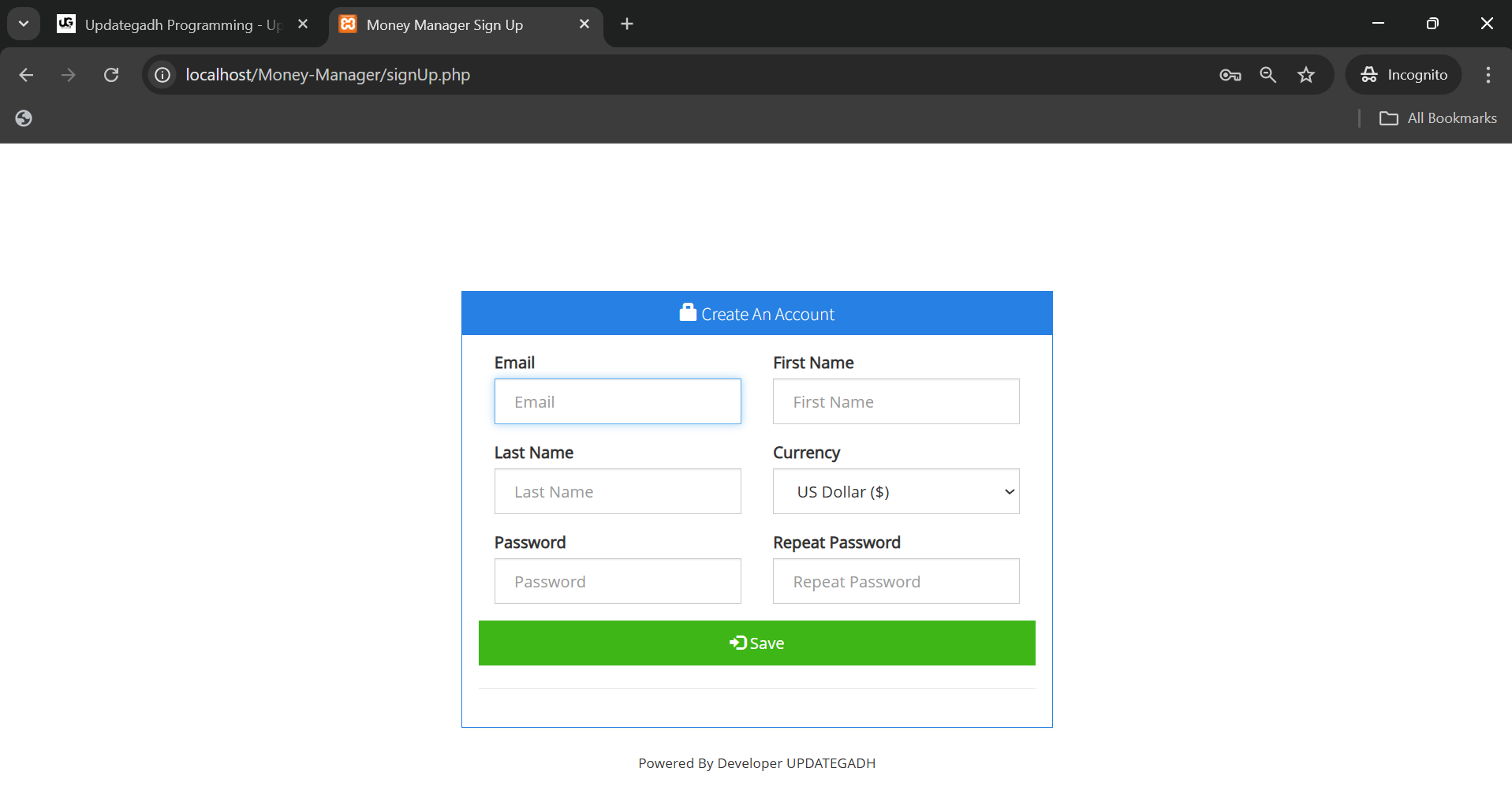
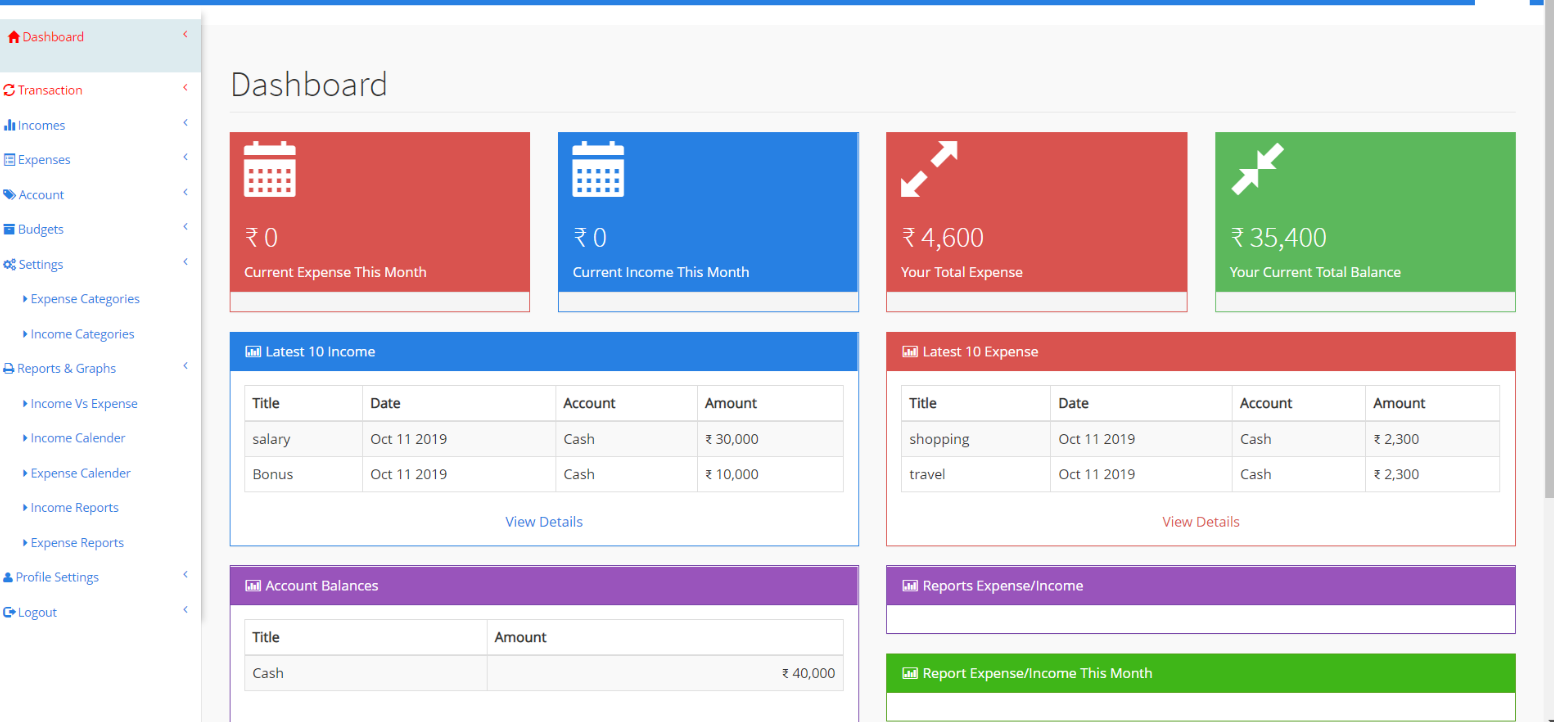


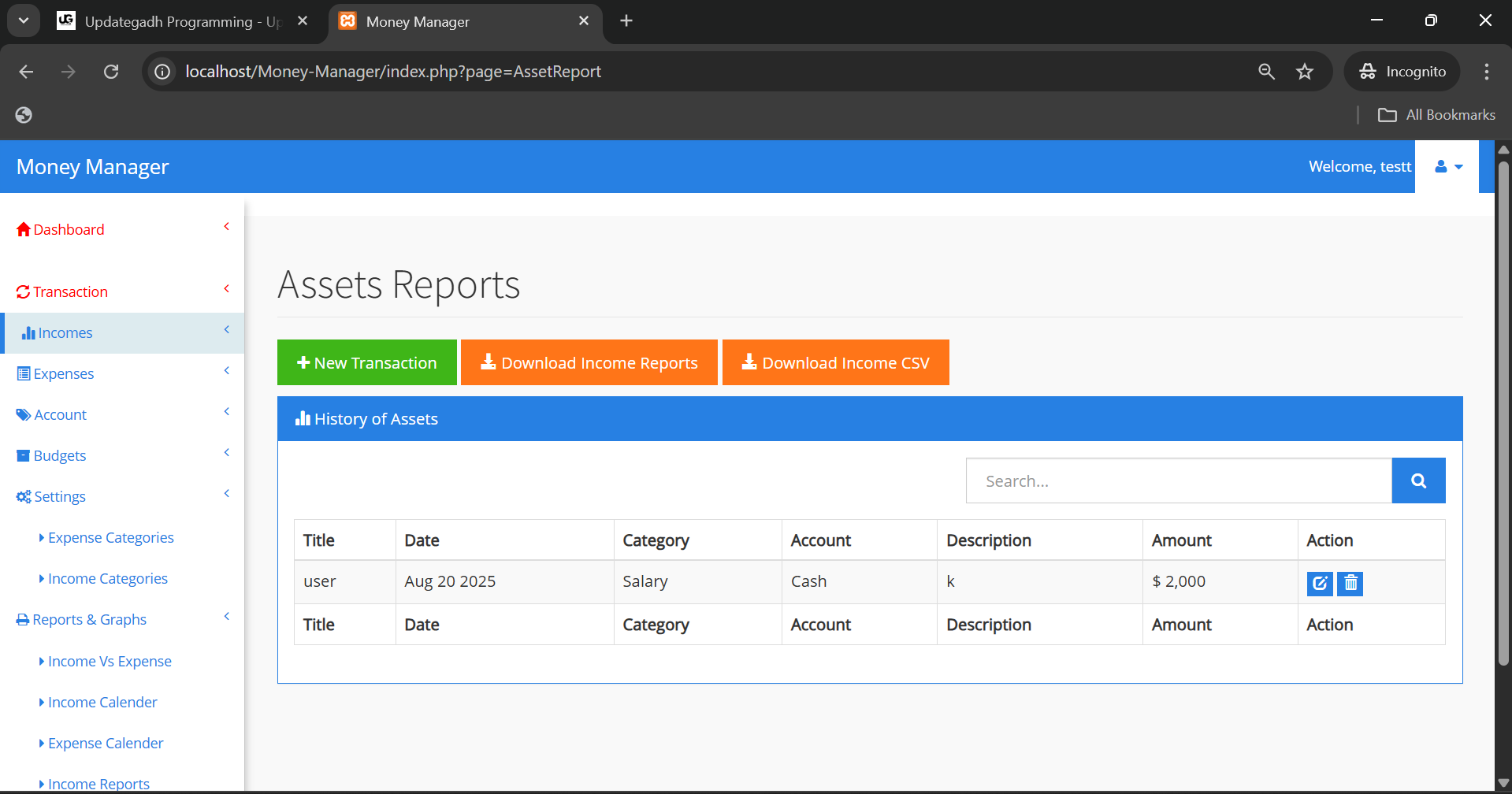
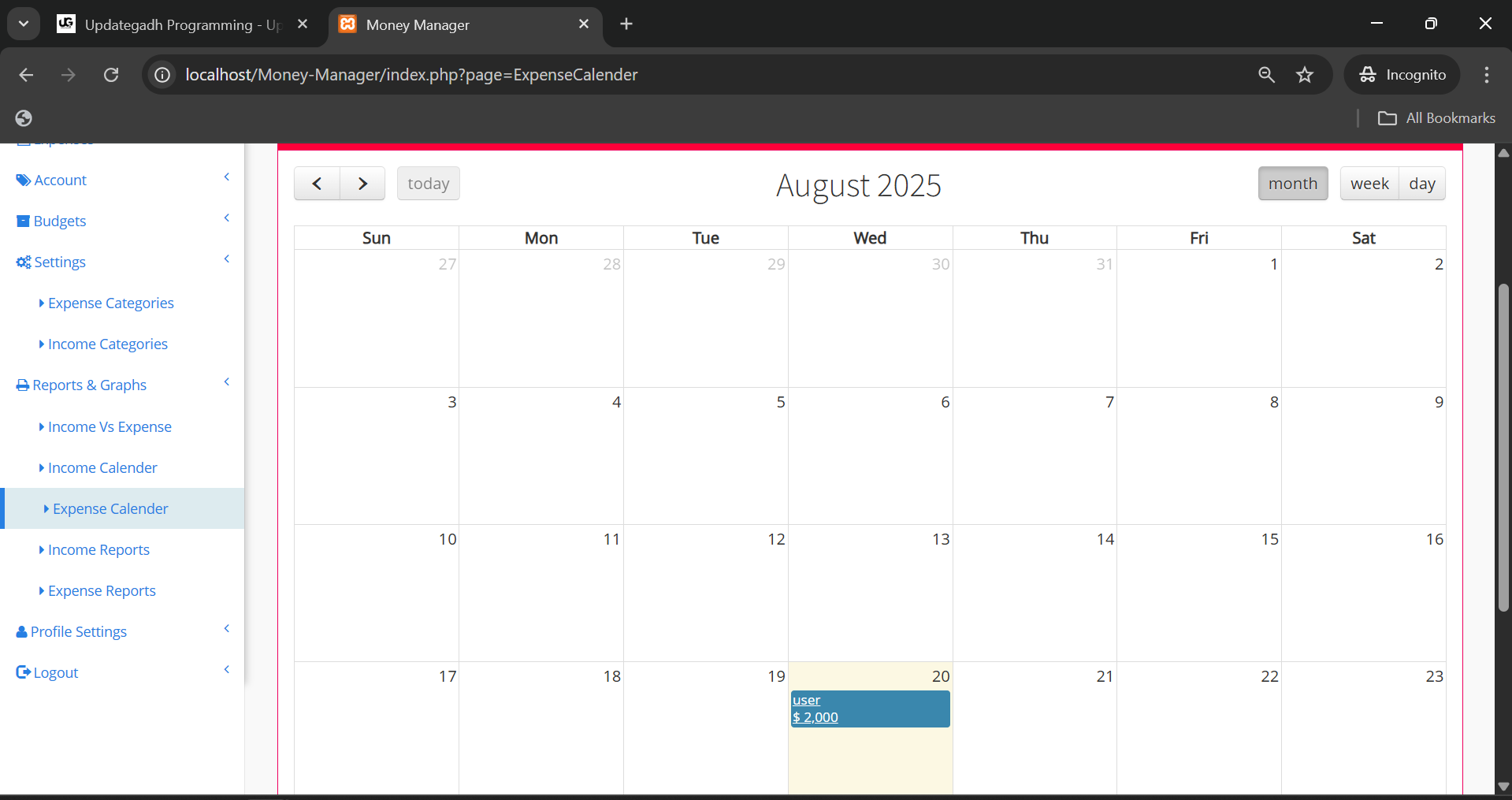
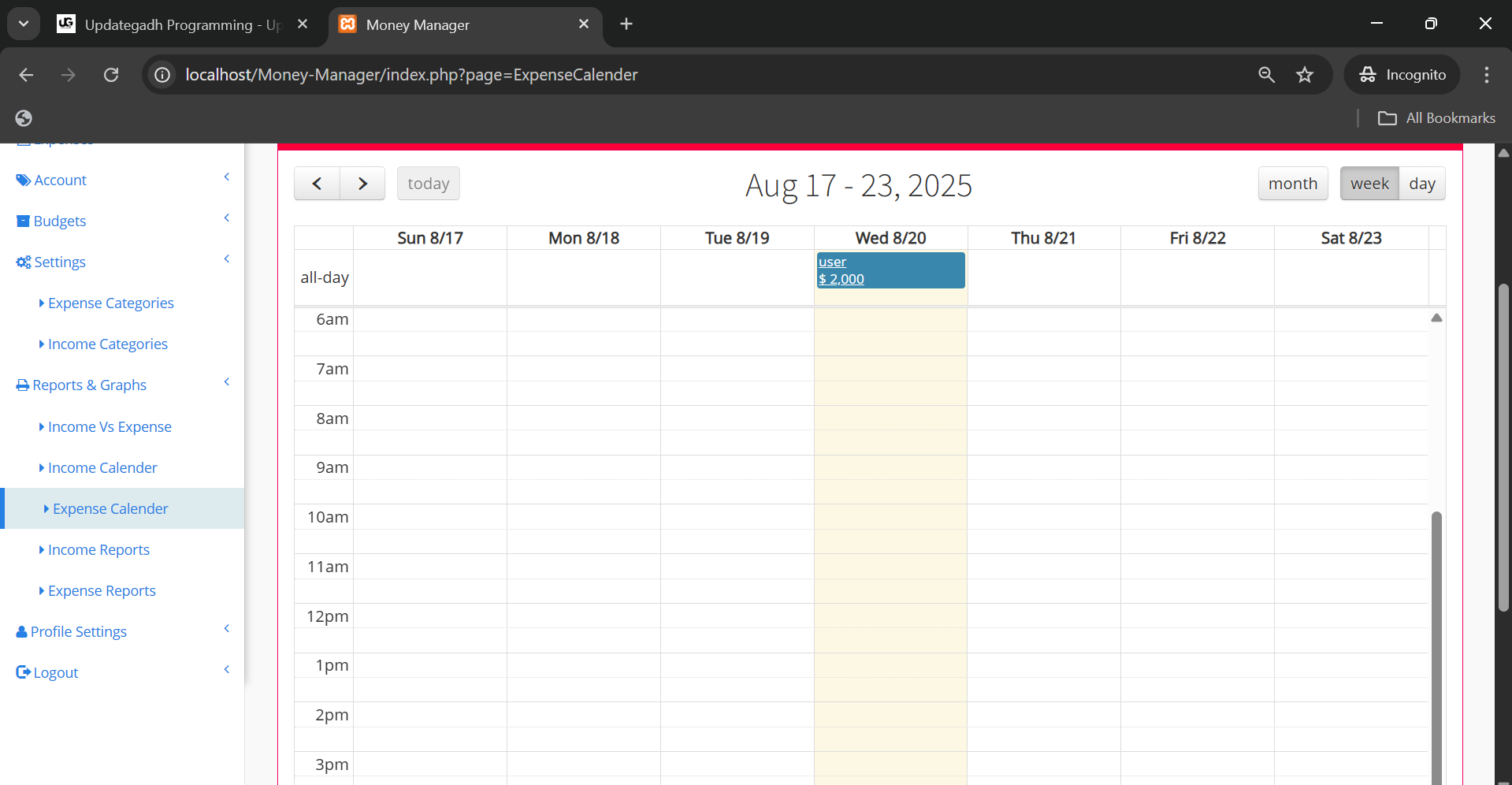


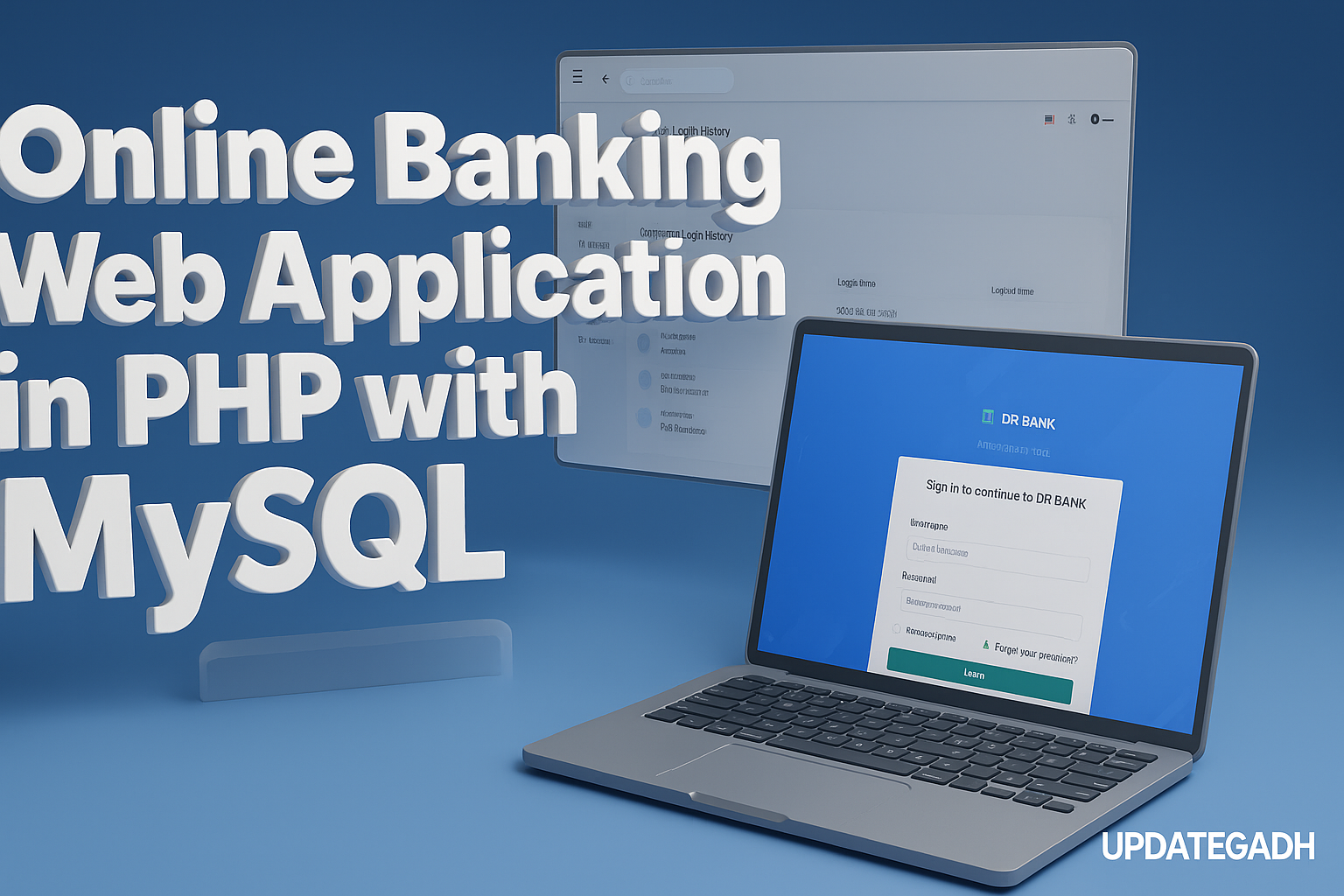
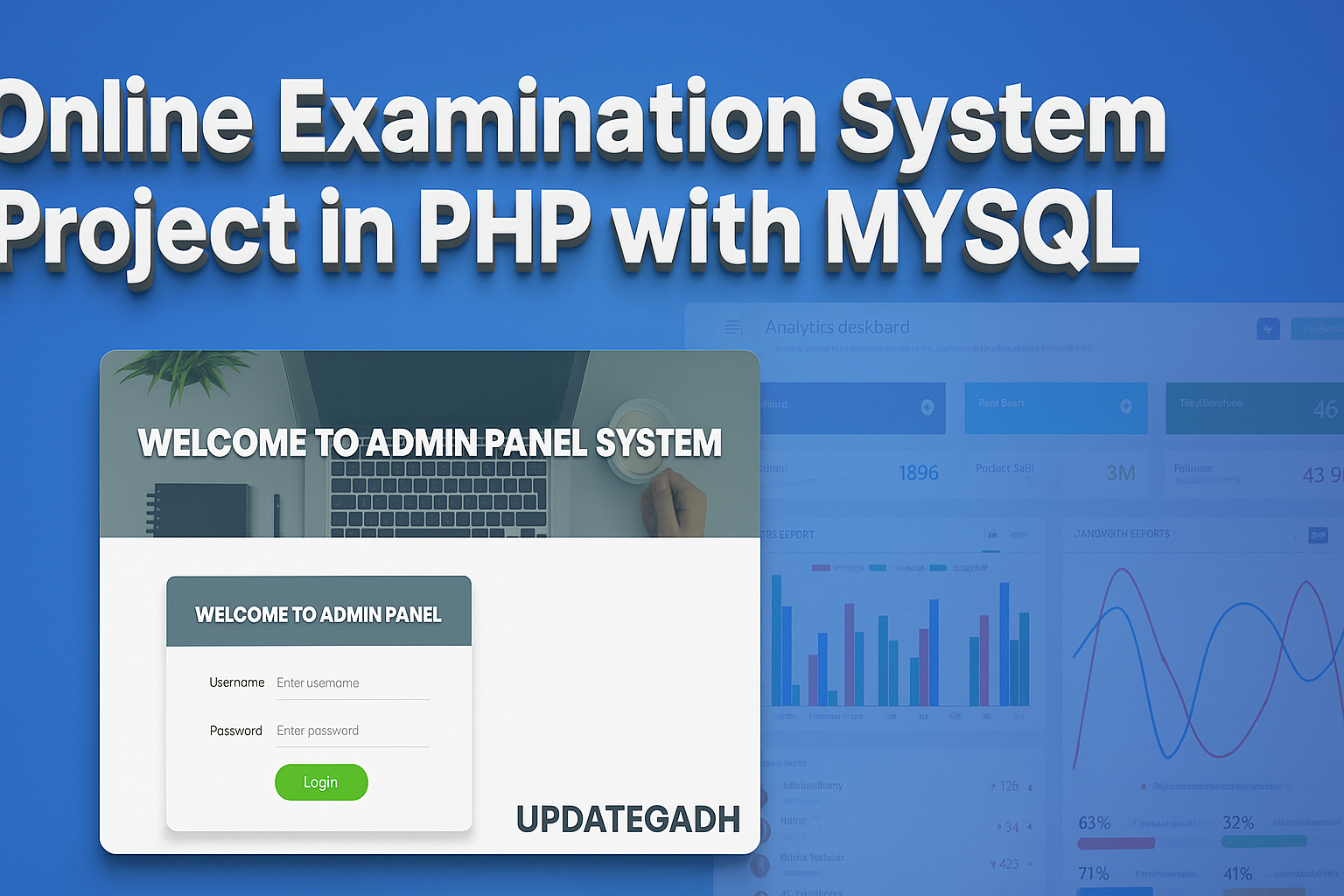
Post Comment